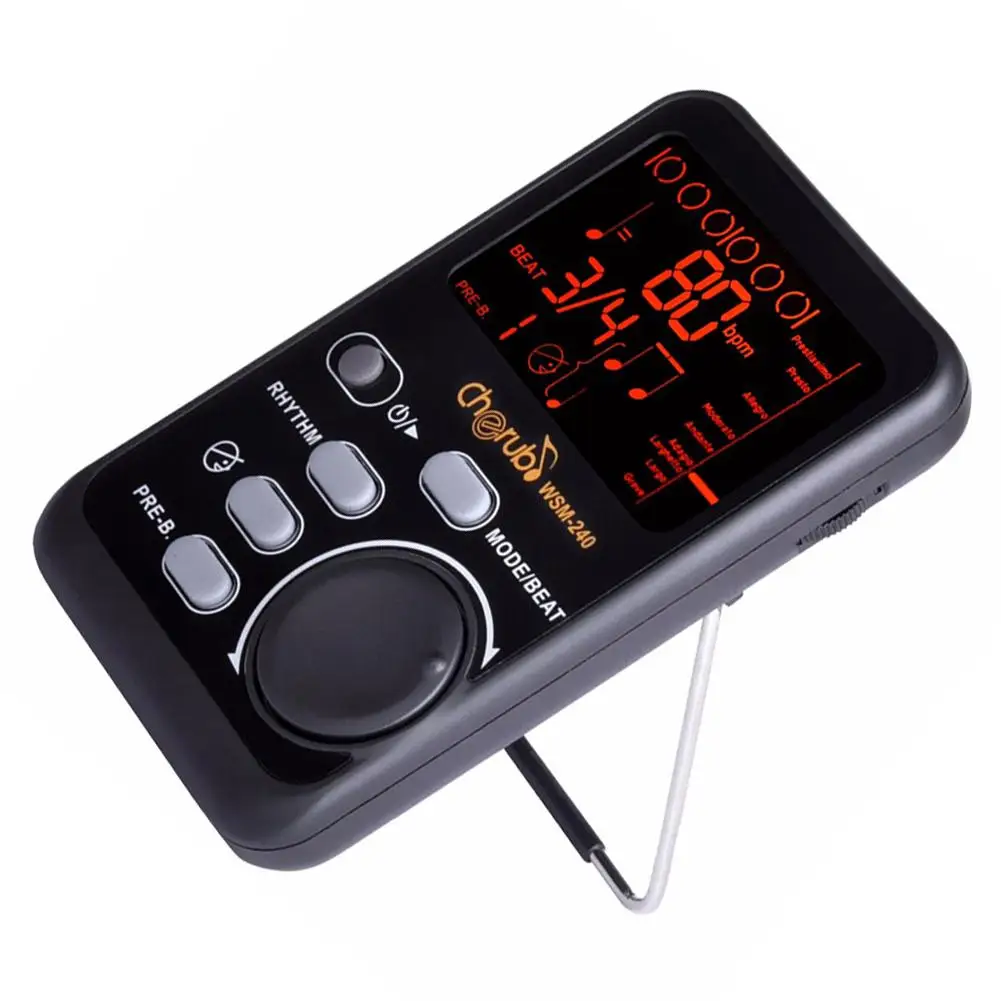

Voicing and tone regulation changes the character and timbre of the piano's sound. It is also affected by the style in which the piano is played. It involves adjusting the hardness of the hammers to vary tone and intensity.įelt wear varies across the hammers as some are used more than others. Voicing a piano means regulating the sound of the piano to produce the most beautiful tone possible. It ensures that playing parts respond in a smooth and timely fashion. Digital Chromatic LCD Clip-On Electric Tuner for Bass, Guitar, Ukulele, Violin.
ELECTRONIC PIANO TUNER PROFESSIONAL
Many new pianos are not perfectly regulated when released from the factory, or are affected when moving to their new home.įine adjustments to the mechanism are made to achieve a heavier or lighter touch, better repetition, evenness across the keyboard. Arrives by Thu, Jun 23 Buy Piano Tuning Kit, Professional Piano Tuner Kit. Over time, piano action deteriorates due to compression of felt, warping of wood and settling. Our tuning service includes some time for minor action adjustments, small repairs, pedal adjustment and cleaning of cabinet and keys where required. Replacement cost will need to be negotiated as some treble strings are a minor job, middle strings can be a tricky job whilst the Bass wound strings require ordering, subsequent delivery and fitting and a further visit to retune as new strings yield with time and need to settle in.Ī standard initial tuning visit takes 1½ hours.
ELECTRONIC PIANO TUNER SOFTWARE
The electronic software and hardware options available to piano technicians today, are vastly different from. Some theory about piano strings, Harmonics and Partials will be needed. On this page we will look at ETDs and ETAs. Occasionally there will be strings missing, broken, put on badly in the past and some may break unavoidably on tuning. It seems there are misconceptions about the use of Electronic Tuning Devices (ETDs) and Electronic Tuning Apps (ETAs). Old and dry sound boards can be re-tuned almost immediately, young or moist sound boards will creep slowly and need 3 weeks between.Ī piano should be tuned at least once or twice yearly to keep it beautiful. Small adjustments to pitch help the piano to stay relatively stable. Tuning is an iterative process as the sound board moves during the tuning.

If very out of tune, the sound board will move under the new tension requiring a subsequent tuning. New pianos need extra attention as the strings yield with time till they settle down. They will drift sharp with high humidity, and drift flat with low humidity. A piano’s string tensions change as the soundboard and bridges swell and contract over time, with changing climatic conditions. In time a piano’s pitch may drop quite considerably. Tuning by ear is by far the preferred requirement for the concert stage and music professionals.Ī concert ‘A’ 440 Hz pitch fork is used initially and then the temperament is set around this using the intervals, mainly fourths, fifths and octaves to tune and thirds, sixths, tenths, double and triple octaves to check. Our Piano tuning is done by ear, without using electronic tuner aids.

Information - Concerts, News,FAQs, Archives. Organs - Electronic (B3 etc.), Pipe, Theatre. Who's Who - Professional Pianists on Piano World Member Recordings - Non Classical Pianist CornerĮVENTS! Piano Concerts, Recitals, Competitions.įun Stuff! - Parties, Tours, Projects & More.įorum Members Parties, Tours, Cruises, & M. MY NEW PIANO or KEYBOARD! - Share Your Story! My humble opinionĭigital Pianos - Electronic Pianos - Synths &a. but it is no substitute for ear tuning, just an aid. Their response time works well for tuning a piano, while others we have tried seem to have a different time of response and so seem to be clumsy. They can be gotten for under $20 on sale and work very well.

I and several of my tuner friends have found the less expensive Korg CA-30 to be excellent for this work. But when doing a major pitch raise on older pianos, the tuner is a nice added tool. I am happy to say, that I nearly always am extremely close to the tuner even when working by ear. Though I still have the fork I purchased and have used for nearly forty years, I set the pitch to the quartz tuner and then check myself. They regularly check my tuning by a quartz tuner and ask that I do the same. The symphony and the college orchestra both tune off-stage and make the show of tuning on stage before the perfomance, though they check themselves again for accuarcy on stage, the bulk of the tuning is done in the back room. I tune for a local college that is extremely picky and they also play host to the local symphony. For many years, I have tuned by ear, and basically still do.


 0 kommentar(er)
0 kommentar(er)
